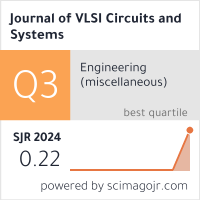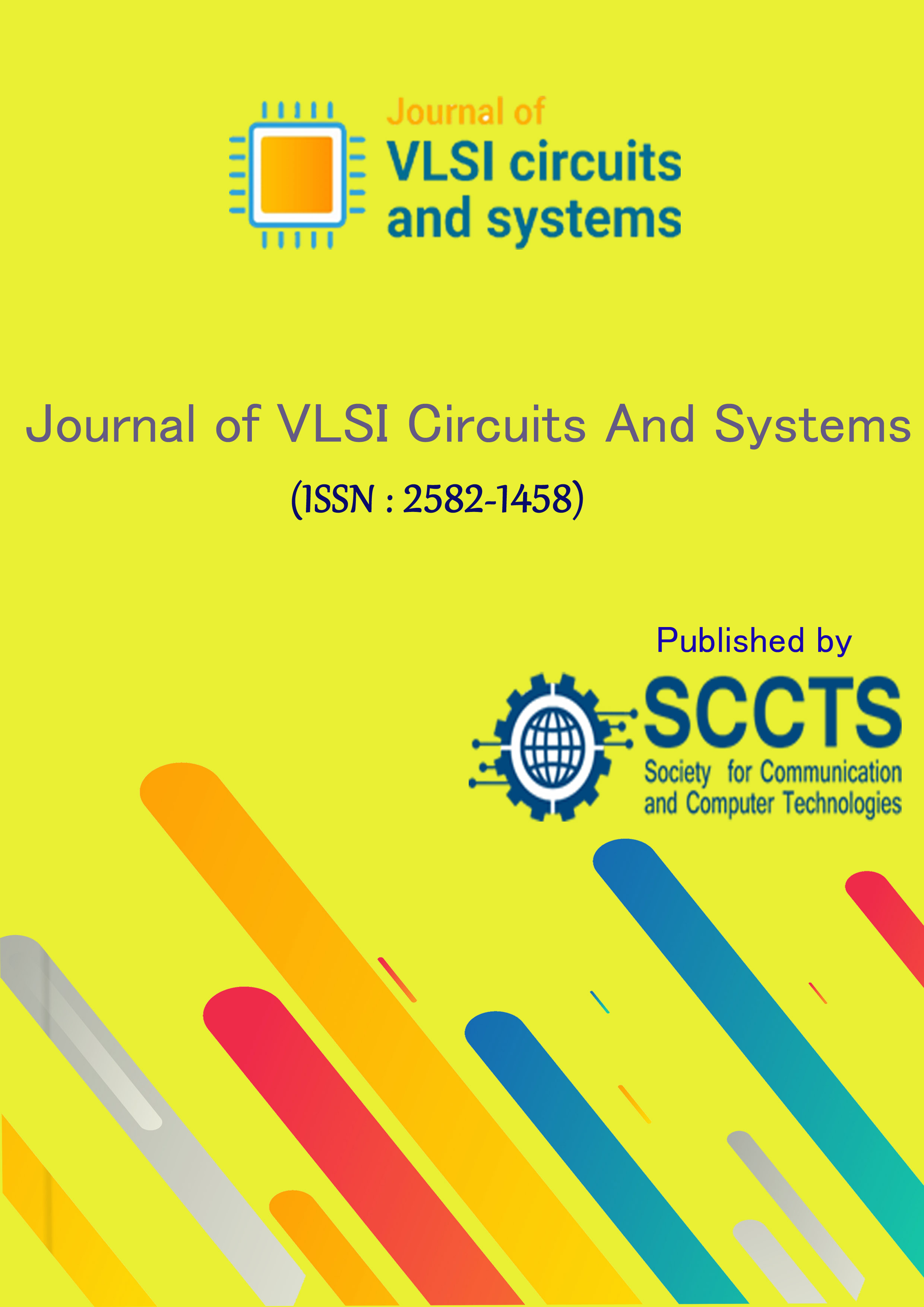Universal Shift Register: QCA based Novel Technique for Memory Storage Modules
DOI:
https://doi.org/10.31838/jvcs/05.02.03Keywords:
QCA; QCA Designer Tool; D flip-flop; 2 to 1 Mux; USR.Abstract
A Quantum-dot cellular automaton (QCA) represents a modern technology for implementing small-sized circuits with high performance, low-power consumption and various computations in digital circuits at the nanoscale level. These quantum dots made up at a nanoscale level which increases the performance of circuits. With the invention of QCA in electronics, the circuits can achieve their operations with very high efficiency and with low power dissipation. Meanwhile, a universal shift register (USR) is a particular circuit with the functions of storing and shifting bits to a specified direction and is observed as an essential component. This USR also has the process to load the data. Therefore, here we propose a USR circuit based on QCA, i.e., QUSR, which requires the essential components of a shift register and a multiplexer (Mux) combined and used to select the operation of the USR. In this project, we propose a 2-to-1 Mux, which then extended to a 4-to-1 Mux. Here, we suggest a new D flip-flop and design a shift register by connecting all of these. Finally, we propose a QUSR that consumes low power and computes high-performance by combining four 4-to-1 Muxes and a four-bit shift register. The proposed QUSR is highly efficient in time and space complexities and has a good energy dissipation performance. The proposed design performance metric of efficiency achieved by doing required simulations using the QCA Designer tool.















